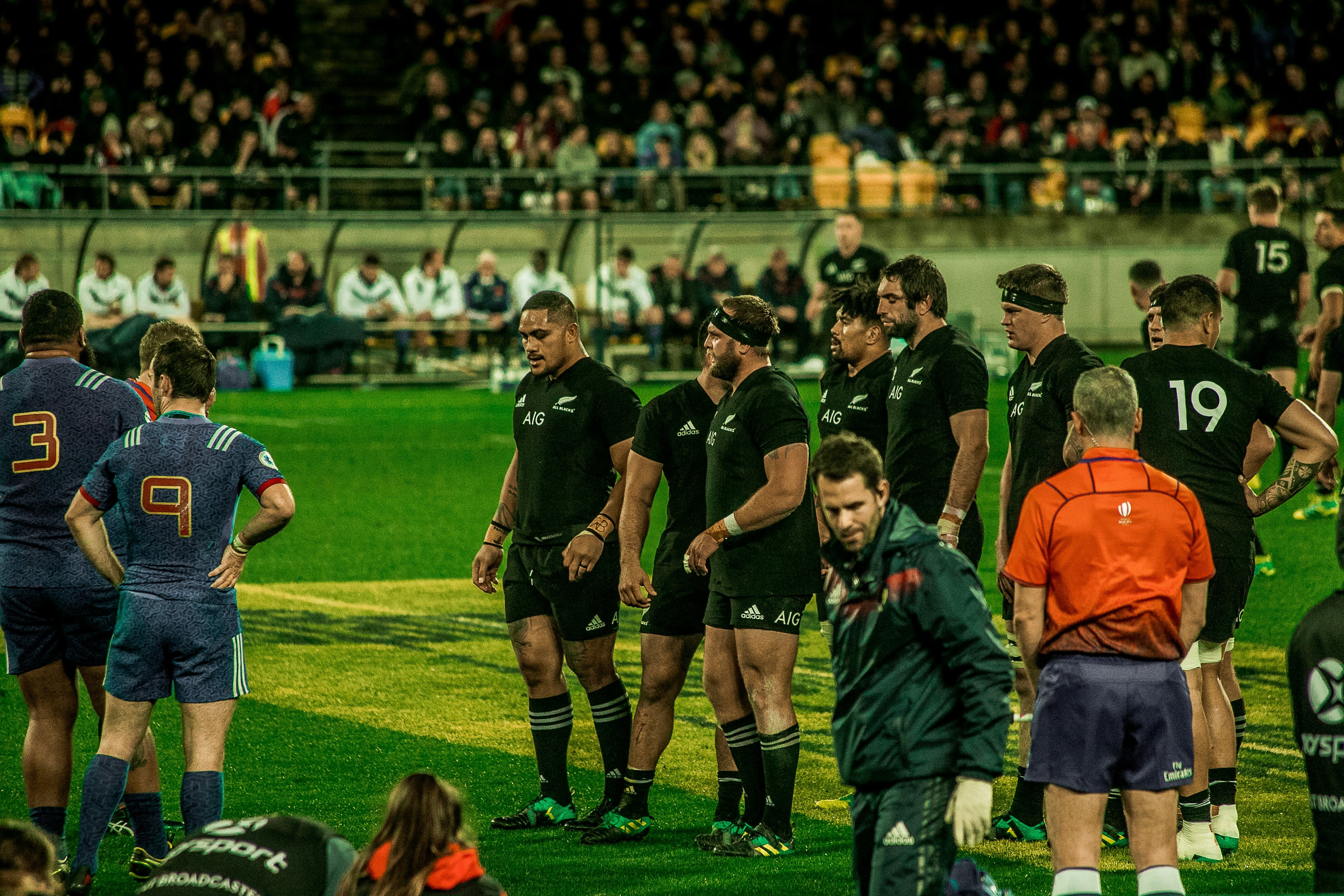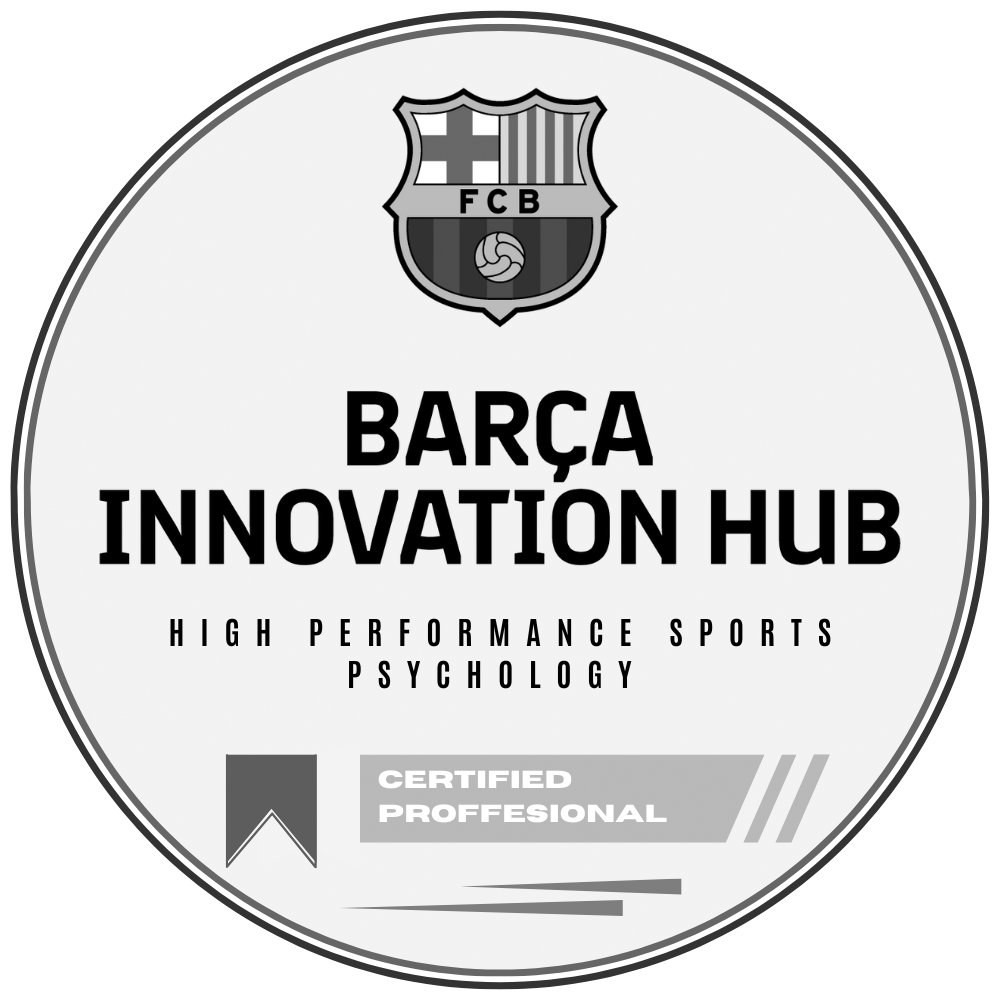A week ago, a friend called me. His wife had been diagnosed with stage 4 cancer. He had barely made it through the hospital doors when he reached out. His voice was flat with shock. “I feel completely numb,” he said. “She’s everything to me. And I can’t fix this. What can I even do?”
That feeling, the numbness that follows a blow, isn’t limited to hospital rooms. It can show up on your couch, phone in hand, scrolling through another catastrophe. A mother climbing onto a rooftop with her child as floodwaters rise. A school hallway emptied by gunfire. A child crying in the rubble of a city you’ll never visit. A war you can’t stop. A famine you can’t reach.
You see suffering, and you ache. But often, right behind that ache comes paralysis. You go quiet. Not because you’ve stopped caring but because you care so much and you don’t know where to put it.
It Looks Like Apathy, But It Isn’t
From the outside, it’s easy to think people have gone numb. That they’ve stopped feeling. That they’ve moved on.
But most haven’t. What looks like apathy is often a quieter form of heartbreak. It’s not that people don’t care. It’s that they don’t know how to carry what they’re feeling. The small things they could do feel pointless. Donating feels like a drop in the ocean. Speaking up feels like lighting a match in a storm. So they stop. Not out of indifference, but out of futility.
And when futility takes over, people check out.
When Empathy Becomes Too Much
Psychologists call this empathic distress. It happens when we feel someone else’s pain so strongly that it starts to overwhelm our own system. Over time, it can lead to exhaustion, withdrawal, or a kind of emotional numbness.
It was first noticed in health care. Nurses, doctors, and caregivers who spent their days surrounded by suffering began to pull back emotionally. For a while, people thought they’d just stopped caring. They called it compassion fatigue. But later research revealed something else. It wasn’t the caring that exhausted them. It was the helplessness.
Caring does not wear us out. Feeling like we can’t help does.
The Difference Between Empathy and Compassion
Empathy says, I feel your pain.
Compassion says, I see your pain, and I’m here with you.
That shift matters. Empathy can pull us so deep into another person’s experience that we begin to drown. Compassion lets us stay grounded. It allows us to remain close without losing ourselves.
Empathy absorbs. Compassion accompanies. Empathy can exhaust us. Compassion sustains us.
Why People Go Numb
When you're watching someone you love fade in and out of pain, when each new scan brings more bad news, when hope and fear keep trading places, something in you starts to shut down.
You might pull away. Not physically. But emotionally. You keep doing what needs to be done. Driving to appointments. Answering texts. Picking up prescriptions. You smile at the nurse. You refill the pillbox. But inside, it’s just static.
You stop saying how you feel, because you don’t want to add more weight. You don’t want to get it wrong. You don’t want to make it worse.
So you go silent. Not because you don’t care. But because all that caring no longer knows where to go.
This is empathic distress. And if we don’t name it, it starts to take over. We check out. Not because we’re cold. But because we haven’t found a way to stay in without breaking.
What We Can Do Instead
The first step is recognizing the freeze. To understand that this numbness is not a failure. It’s a response to overwhelm. It’s your body telling you it’s hit a limit and your system is doing what it can to protect you.
The second step is shifting from empathy to compassion.
You don’t need to fix the pain. You just need to stay near it. Sit beside it. Be honest in it.
Sometimes that means holding her hand through another infusion. Sometimes it’s making soup she might not eat, or playing the music she once loved. Sometimes it means leaving the house just long enough to breathe, so you can come back with a full heart.
Sometimes it means saying the thing you’re afraid to say. I’m scared too.
Sometimes it means saying nothing at all, but staying in the room.
We’re not meant to carry the sorrow of illness, violence, or grief alone. But we are meant to carry it with each other.
Not with perfect words. Not with easy answers.
Just with presence.
Just with compassion.
Just with love that doesn’t leave when things get hard.
Sometimes the most healing thing we can offer is to stay human, and stay near. That’s all most people need.
Source
Olga Klimecki and Tania Singer, “Empathic Distress Fatigue Rather Than Compassion Fatigue? Integrating Findings from Empathy Research in Psychology and Social Neuroscience,” in Pathological Altruism, ed. Barbara Oakley, Ariel Knafo, Guruprasad Madhavan, and David Sloan Wilson (New York: Oxford University Press, 2011), 369–383



.svg.png)










.png)


